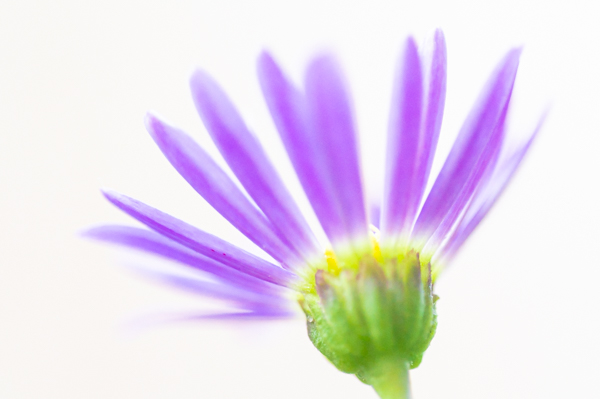Through the Lens with Hugh Warren: A Quiet Geometry of the World
https://1-hugh-warren.pixels.com
Hugh Warren didn’t follow the usual path into photography. Growing up in rural Western Australia, his early years were filled with landscapes far more dramatic than his camera at the time could capture. At school, the seed of creativity was planted not by a camera, but by a classmate—“Jeannette Ekermann, or something similar”—whose extraordinary drawings quietly impressed him. But being strong in science and maths meant he was pushed in other directions. Art lingered in the background, a quiet voice not quite drowned out.
It was only in his late teens that Hugh began experimenting with photography, armed with a Praktica and an uncertainty about whether he wanted to capture moments or make art. “Unhappily the former usually triumphed,” he admits, due in part to a lack of creative input and encouragement. His photographic eye sharpened during years working as a geologist in Australia’s remote northern reaches, where he upgraded to a Pentax LX and recorded the extraordinary isolation of the land around him. But a growing family paused his photography for two decades. “Survival mode,” he calls it, with a wry smile.
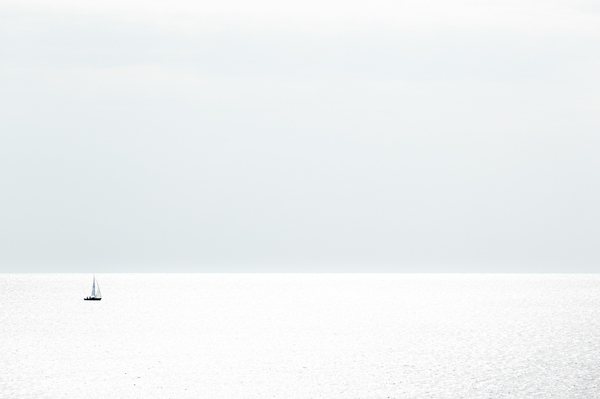
Digital eventually brought him back in—and into the orbit of a woman who would become both his muse and his wife. “Meeting her through an online photo community did no harm at all,” he says dryly. “Her work is pure art of a high order.”
Today, Hugh shoots primarily with two Nikon Z6 bodies—chosen for their low-light performance and practical size—and has an enviable range of lenses to suit his varied photographic pursuits. He’s deeply loyal to Lightroom for editing, praising its balance of functionality and usability. “Photoshop?” he grins. “I give myself a slap and go back to Lightroom… happy.”
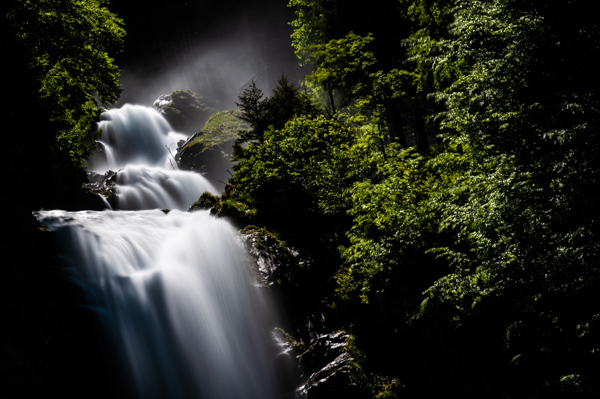
His work ranges from lush tropical palettes to sparse winter minimalism. Choosing a favourite image proves near impossible. “The purple daisy on white always brings me to a happy place… but somehow the little boat on the bay at Rapallo makes me especially proud, so that has to be ‘it’.”
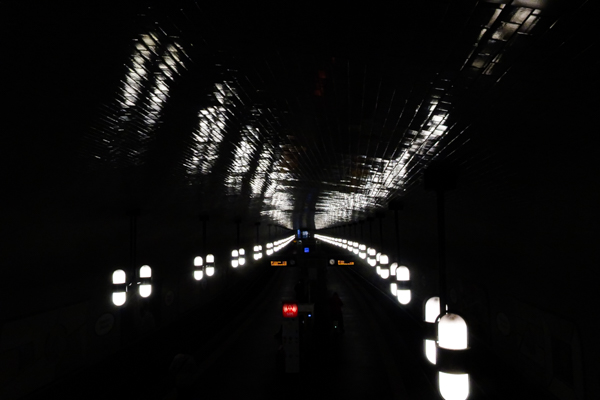
Hugh’s aesthetic leans towards harmony and geometry—“spatial relationships both harmonious and jarring,” he explains. He’s not interested in garish spectacle or digitally exaggerated moons. “I’ve had enough of naked women with bleeding horse skulls replacing their heads,” he says, archly. “Subtlety seems a dying art.”
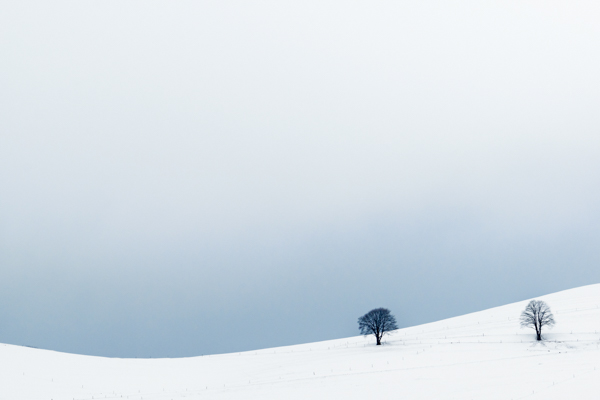
Criticism, he believes, can be valuable—when it comes from a place of insight and respect. “Sincere praise is more pleasant,” he concedes, “but well-informed criticism is more useful. Not the kind that says ‘I don’t like it and I’m an expert, therefore it’s bad.’ That doesn’t go down well.”

He and his wife, both strong photographers in their own right, now live in Berlin. “There’s a bit of rivalry,” he admits, “but she’s got too many runs on the board for me to argue much.” Hugh’s career has included geologist, winemaker, and father of five, and his life has spanned continents and creative forms. Alongside photography, he’s an avid reader, enthusiastic (if improvisational) cook, and a gardener temporarily confined to a city balcony.
His love of travel remains undimmed. “I backpacked from Western Australia to London in my twenties,” he recalls, a journey that included Southeast Asia, Nepal, India, Greece and Israel. He’s continued to travel extensively throughout his life, with recent photographic adventures taking him to places like Iceland and the Orkney Islands.

Though not heavily involved in self-promotion, Hugh does share his work via his Facebook page Hugh’s Photography, and has published a couple of books through Blurb under the pseudonym “Metriognome”. Commissions aren’t his primary pursuit, but he remains open to offers that suit his style.

When asked what advice he’d pass on to new photographers, his response is thoughtful. “Try to look at your work through more than one lens—literally and figuratively. A good photo needs more than just one thing going for it. And notice what’s wrong, as well as what’s right. That stray fencepost, the crooked horizon—neglect of small things can ruin a shot.”
As for his dreams? “All pretty weird stuff,” he laughs, “like modern art I’m quick to criticise. No pink unicorns yet, but perhaps their time will come.”
